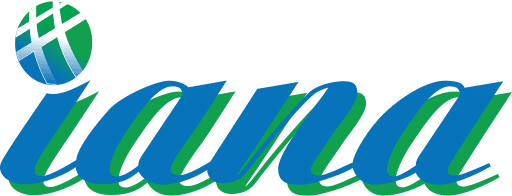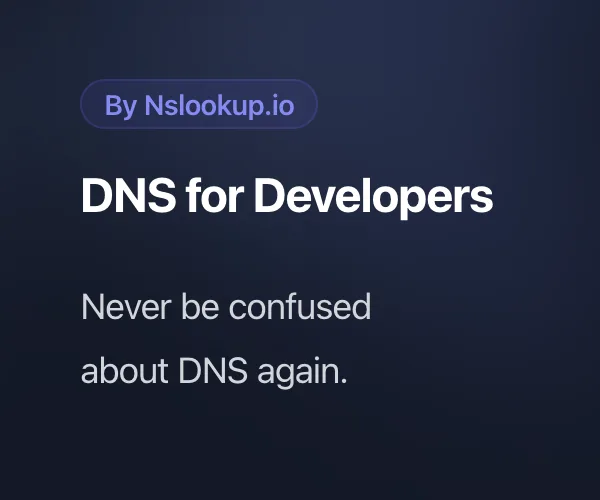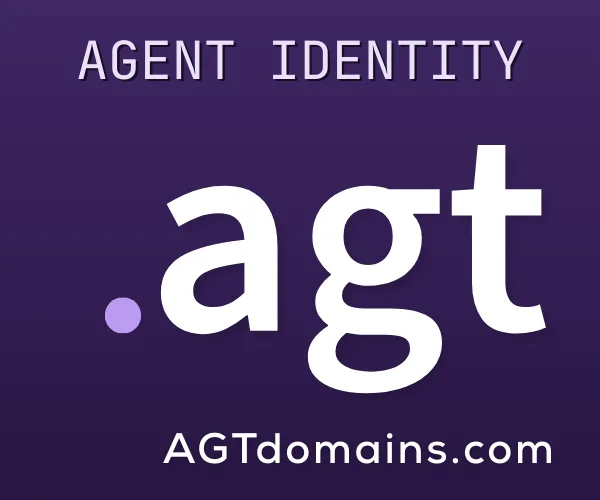
As the governing authority of the internet, IANA (Internet Assigned Numbers Authority) plays a pivotal role in ensuring the smooth operation of our interconnected world. Their responsibilities encompass coordinating global Internet Protocol (IP) address spaces, managing the Domain Name System (DNS) root, and facilitating the allocation of protocol parameters, among others.
In today's digital age, IANA's impact reverberates far beyond tech circles, influencing how we live, work, and connect. Yet, their crucial role often goes unnoticed by the everyday internet user.
Kim Davies, from IANA, joined ICANN in 2005 and serves as the Vice President of IANA Services and President of Public Technical Identifiers. In this role, he leads the Internet Assigned Numbers Authority (IANA) functions, which coordinates and manages the Internet's unique identifiers to promote Internet interoperability. His tenure has evolved IANA through the implementation of technical systems, formalizing business processes, and quality management practices, and transitioning the functions from a US Government contract to multi-stakeholder oversight.
Kim has previously been involved in country-code top-level domain management, cofounding the .au domain manager auDA and representing European country-code managers at CENTR. In Australia, he worked for a major ISP and established a key Australian Internet exchange point.
Kim was kind enough to take some time to help us understand IANA’s role in our world.
Mike: What is the main mission and purpose of IANA, and how does it impact the functioning of the internet?
Kim Davies: Our key responsibility is coordinating the allocation of the Internet’s unique identifiers and maintaining the trust of the community to provide these services in an unbiased, responsible, and effective manner. While much of the Internet is distributed there is a technical need for some key parts of the Internet to be globally coordinated, and the operational aspects for unique identifiers are tasked to us. Specifically, we allocate and maintain unique codes and numbering systems used in the technical standards (“protocols”) that drive the Internet. We also operate and support several critical aspects of the DNS, including the root zone.
Mike: Can you explain the role of IANA in managing the global pool of IP addresses and how it ensures the allocation of unique IP addresses to devices connected to the internet?
Kim Davies: We play a role at the highest level, by allocating large blocks of IP addresses to five Regional Internet Registries, or RIRs. In their regions, the RIRs in turn allocate smaller blocks to Internet service and network providers, who then allocate individual IP addresses to their customers. The five RIRs each determine policies for how IP address allocations are performed in their respective regions.
Mike: In what ways does IANA support the development and adoption of new Internet protocols and technologies, and how does this impact the evolution of the Internet?
Kim Davies: As the authoritative record keeper of the unique identifier systems, we work on emerging technical standards with the Internet Engineering Task Force. In this setting, open standards are crafted and the role for unique identifiers for each — along with how we should administer them — is devised. Often this involves creating new registries and applying rules on how they are operated. Technical innovation is driven by a community of inventors, and we play a supporting role in bringing them to fruition.
Mike: Peeling back the layers, the internet seems quite complicated. How was IANA originally formed?
Kim Davies: In the early 1970s, when what was to become the Internet was still in an early experimental form, a Los Angeles computer scientist named Jon Postel was part of the early group of pioneers working on the technology. He volunteered to perform some central record-keeping for the Internet as it grew, and that role was later formalized to become known as the Internet Assigned Numbers Authority (IANA). In 1998, ICANN was established as a non-profit public benefit corporation to be the home of the IANA functions with oversight by the United States Government. In 2016, that oversight role transitioned to the global multistakeholder community.
Mike: Can you provide an overview of IANA's role in managing top-level domain names (TLDs) and how it impacts the creation and management of country-code TLDs (ccTLDs) and generic TLDs (gTLDs)?
Kim Davies: We are responsible for managing the DNS root zone, which includes all the data that points to who manages each TLD. The process for establishing or changing TLDs is quite different for country code top-level domains (ccTLDs) and generic top-level domains (gTLDs).
We recognize the creation of ccTLDs for any country listed in an international standard known as ISO 3166-1. Each country can have a two-letter representation of their country delegated, also defined by that standard, and can additionally apply for representations in non-Latin-based scripts as internationalized domain names. Eligibility for delegation largely relies on ensuring that an appropriate consensus exists in the country as to who should operate the domain.
For gTLDs, there is an application process facilitated within other parts of ICANN. IANA’s role is limited to ensuring that we are transacting with duly authorized parties in compliance with the relevant aspects of their contracts with ICANN.
What all TLDs have in common is that we want to make sure they function correctly and robustly, through the correct technical function of the DNS root zone and the associated delegations. Given the nature of TLDs as critical infrastructure, each change is made carefully with many safeguards in place.
Mike: How does IANA coordinate with ICANN. Are they connected?
Kim Davies: ICANN has performed the IANA functions since its inception. It is not an isolated independent function. At first, ICANN directly performed the functions with IANA structured as a department within ICANN. New accountability measures were introduced in 2016, meaning that today the IANA functions are performed by an ICANN affiliate called PTI. PTI employs the IANA staff, has a separate board of directors, and has its own budget and strategic plan. However, it is 100 percent funded by ICANN and relies heavily on the resources of ICANN. We operate in ICANN’s offices and use shared back-office systems and its support staff. The ICANN Board is still responsible for approving policies that IANA will implement. The creation of PTI implemented important safeguards for the oversight of PTI but didn’t change the practical day-to-day work of the IANA team who still perform their duties in the same way alongside their ICANN peers.
Mike: What else should we all know about IANA or the Internet?
Kim Davies: For most people, they will not know who IANA is, and this is okay. Just like with other essential utilities, a typical user of the Internet probably doesn’t need to know about us unless they need to directly get service from us. It would be unusual for them to hear about us unless we broke something!
Even for our customers, our responsibilities span diverse areas beyond just the DNS, like port number assignments, media type registrations, time zone coordination, and more. Many of our customers will know us for just one of these functions and will not have visibility into the gamut of services we provide.
While IANA plays a critical role in certain aspects of the Internet, our scope is narrowly defined to ensure the consistent application of unique identifiers. We are one of many organizations in the broader ecosystem that each do their part to keep the Internet working in a way that everyone expects.





